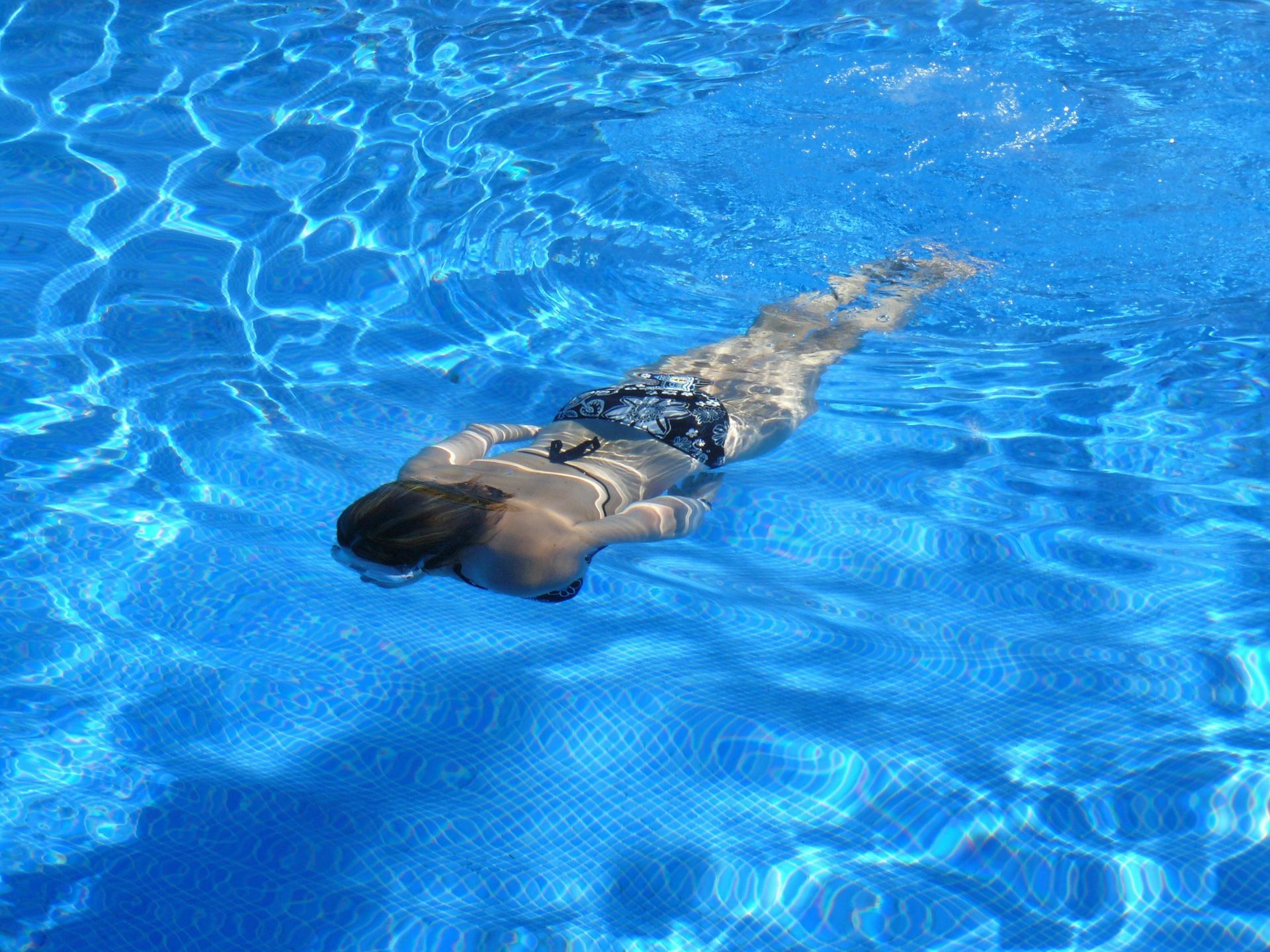Types of Neuropathy: Understanding Peripheral and Diabetic Neuropathy
Evangeline Lindorf
Neuropathy continued

The body content of your post goes here. To edit this text, click on it and delete this default text and start typing your own or paste your own from a different source.

Safe Exercise for People with Hypermobility Ehlers-Danlos Syndrome (hEDS) If you’ve been diagnosed with hypermobility Ehlers-Danlos Syndrome (hEDS) , you know that movement can feel tricky. Joints may slip, ache, or feel unstable, and sometimes exercise feels intimidating and overwhelming. However, the right kinds of exercise will help you get stronger, protect your joints, and improve your daily comfort. The goal with hEDS is not to push your body to extremes—it’s to gradually, over time, build gentle strength, stability, and confidence. Why Exercise Matters with hEDS The right types of movement can: Strengthen muscles that support loose joints. Improve balance and body awareness (reducing injury risk). Ease pain and fatigue. Boost mood and energy. Nurse Pro Tip : Think “support” not “stretch.” The goal isn’t more flexibility—you already have plenty—but stability and protection. ✅ Safe & Helpful Exercises When choosing activities, think slow, steady, and supportive. 💧 Water-Based Exercise Swimming, water walking, or gentle aquatic therapy take pressure off your joints while still giving you resistance to build strength. 🧘 Modified Pilates or Yoga Focus on core strength and stability. Skip deep stretches—keep movements small, controlled, and steady. 🏋️ Light Strength Training Resistance bands or light weights help build protective muscle. Stick with lighter loads, higher reps, and slow, intentional movements. 🚶 Walking or Cycling Flat-ground walking and recumbent cycling are gentle, low-impact ways to support cardiovascular health. 🤲 Physical Therapy Exercises A physical therapist who understands hEDS can teach you safe, customized strengthening routines to stabilize your most vulnerable joints. ( Email me @ yourinspiredvitality@gmail.com for personalized recommendations or referrals to Utah PTs familiar with hEDs). ❌ Exercises to Avoid Some activities can increase the risk of injury or worsen symptoms. It’s best to avoid: High-impact sports (running, jumping, contact sports). Heavy weightlifting (places too much strain on joints). Deep stretching or “contortion-like” yoga. Fast-paced HIIT workouts with explosive movements. Gymnastics or flexibility-focused training. Nurse Pro Tip : If the focus of a workout is “how far you can stretch” or “how heavy you can lift,” it’s probably not the right fit for hEDS. 💡 Tips for Moving Safely Listen to your body—stop if something feels wrong. Prioritize stability, not flexibility. Work with professionals who understand hypermobility. Progress slowly—small, consistent steps are safest. ✨ The Bottom Line -- Living with hEDS doesn’t mean avoiding exercise. It means finding the right kind of movement that supports your body instead of stressing it. With gentle, strengthening exercises, you can feel stronger, reduce pain, and enjoy a more active, confident life.

